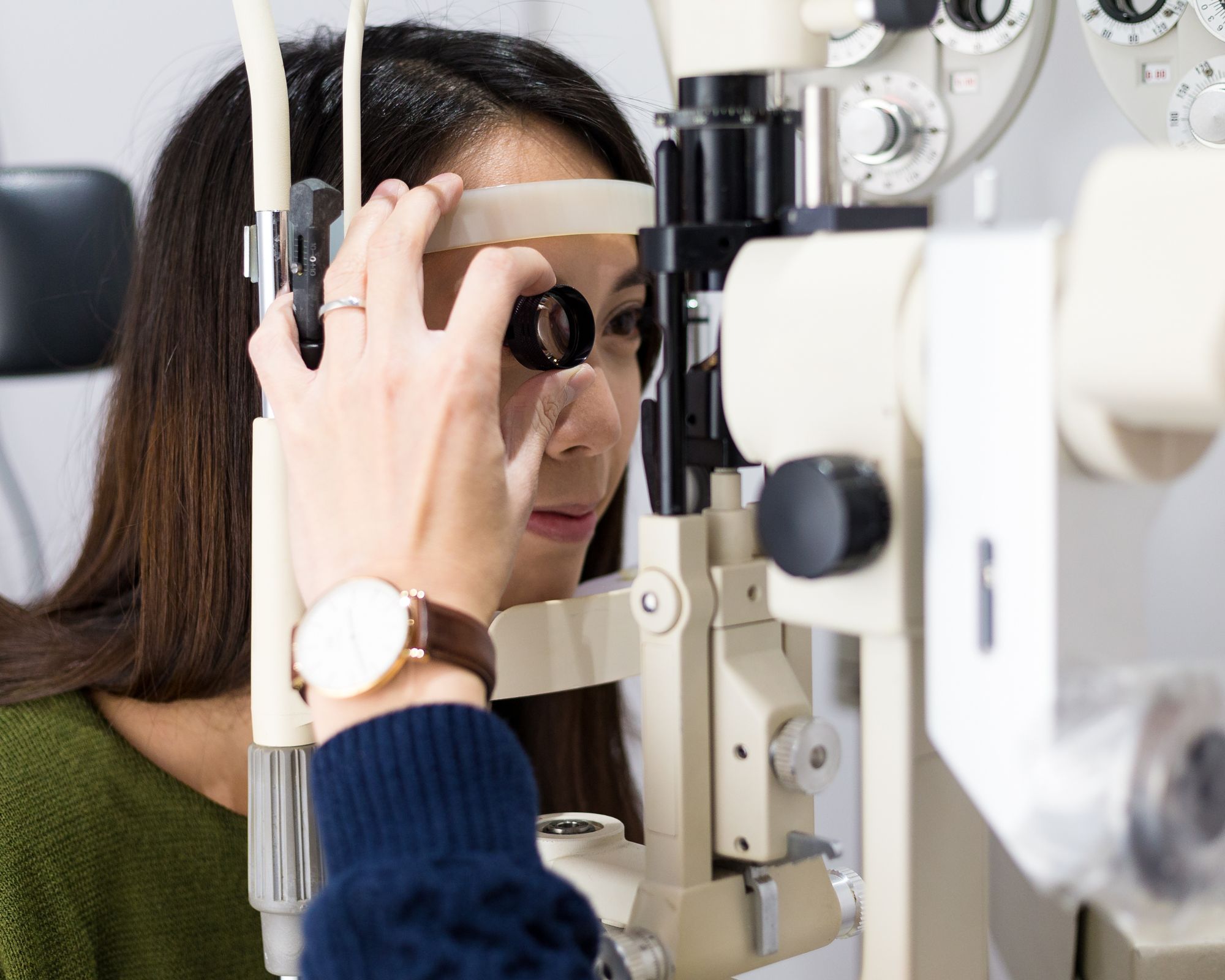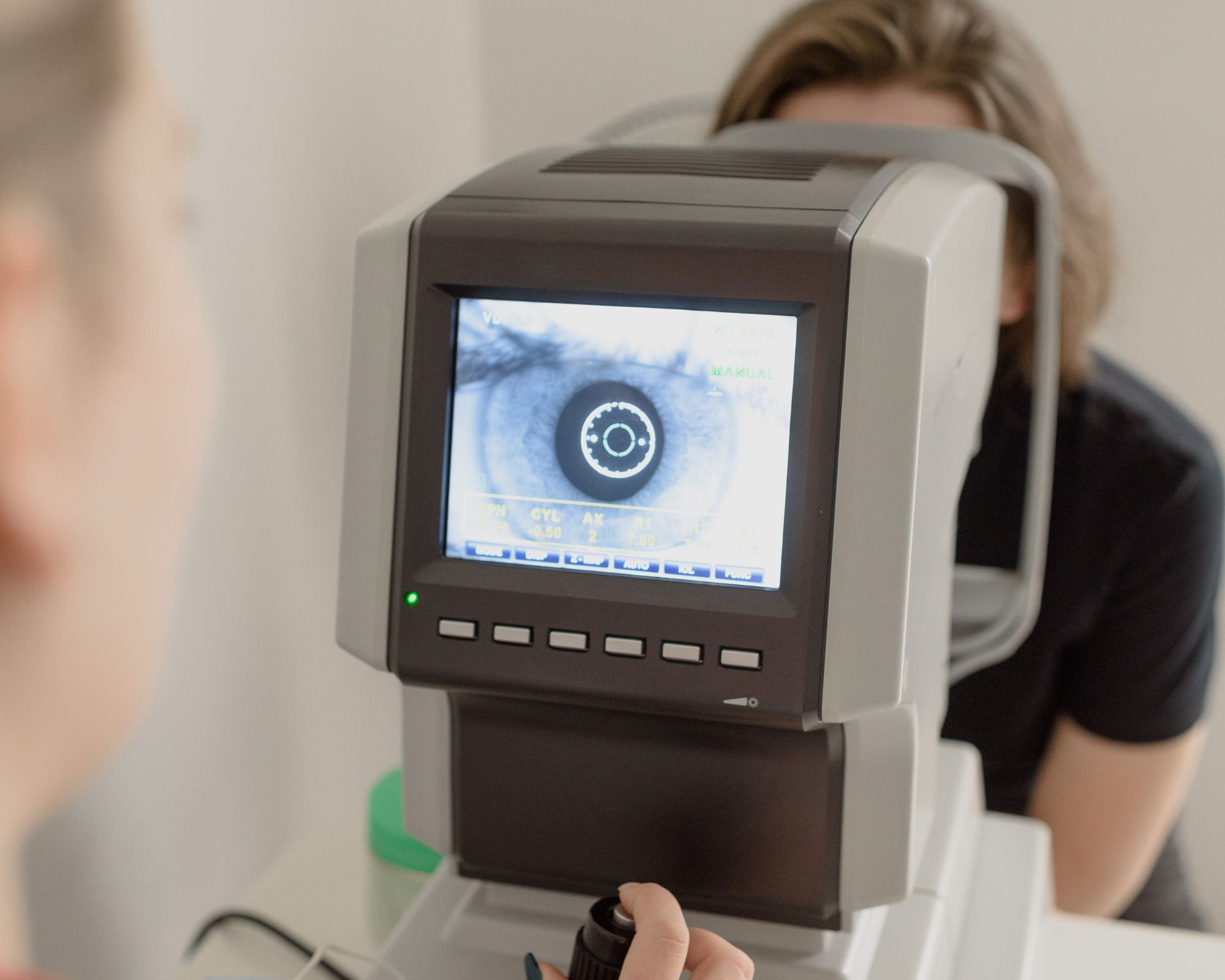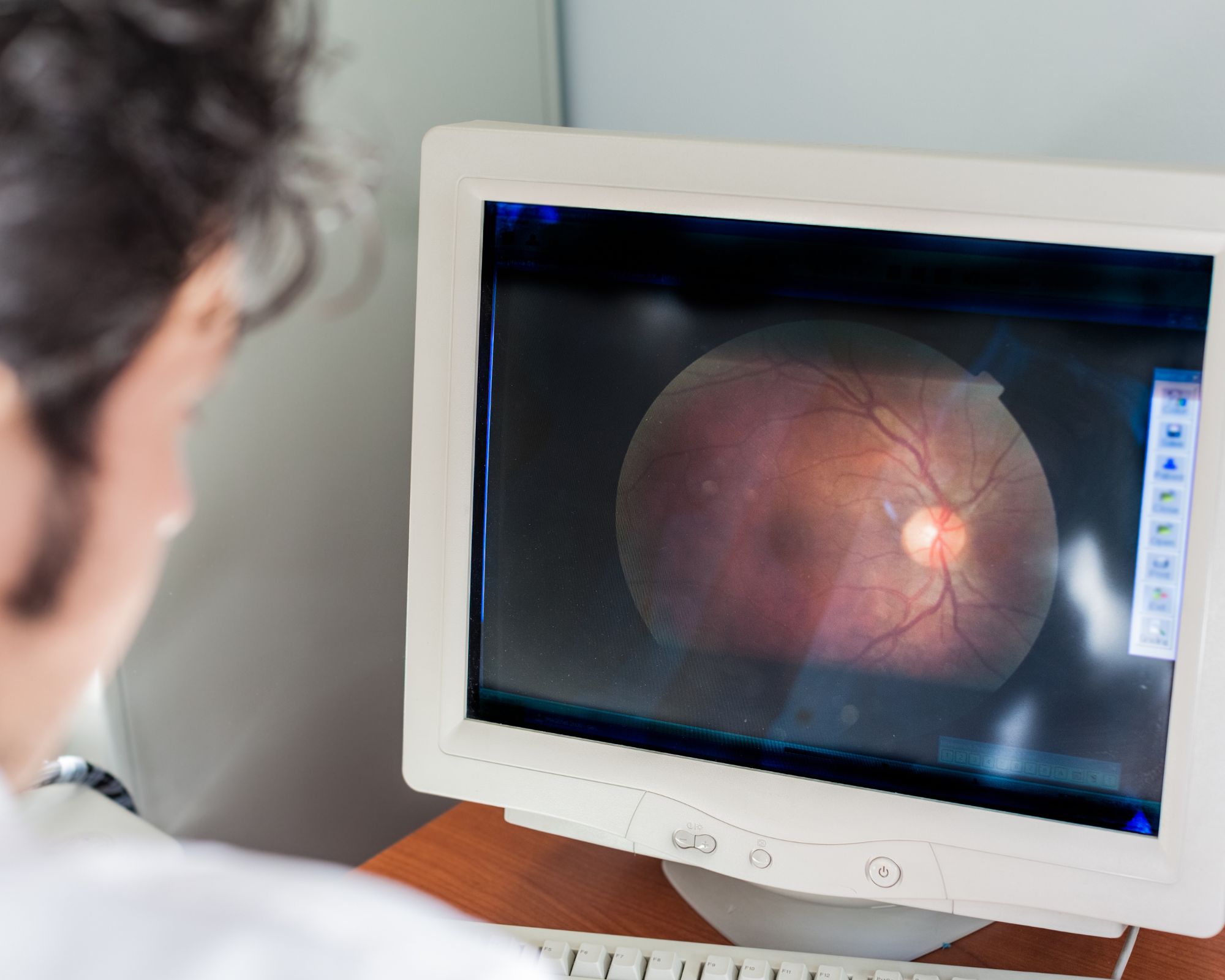What is a clinical trial?
A clinical trial is a type of research that studies new tests and treatments and evaluates their effects on human health outcomes.
Clinical trials are used to evaluate the safety and effectiveness of a new procedure, medication or device to prevent, diagnose or treat a disease or disorder.
What is the difference between a clinical trial and a research project?
A clinical trial involves at least one health-related intervention, whereas a research project does not. Interventions include:
- experimental drugs
- cells and other biological products
- vaccines
- medical devices
- surgical and other medical treatments and procedures
- psychotherapeutic and behavioural therapies
- health service changes
- preventative care strategies and
- educational interventions
The most common examples of research projects are natural history studies (designed to learn about how vision and eye health changes over time in a particular type of inherited retinal disease (IRD)), or surveys and questionnaire studies. Quite often, clinical trials will follow on from a natural history study, so being involved in the latter is a good way to ensure you are notified when clinical trials become available for you.
Clinical Trials Help Medical Research
Taking part in a clinical trial is a fantastic way to contribute to science, so that new treatments can be developed to help others in the future. It is also a way to access these treatments at an earlier stage than you otherwise would.
However, it is important to remember that clinical trials are experimental, and so the treatment may not necessarily help you. There are also risks involved in being involved in clinical trials.
Your ophthalmologist and the clinical research team will discuss the pros and cons of being involved in clinical trials in detail, before you make a decision.
What are the different phases of a clinical trial for inherited retinal diseases?
There are four different phases in a clinical trial. The time from a phase one to a phase four trial can take many years, and it is common for your treatment to be “masked” in that time (so you may not know whether you have the real treatment or are on a placebo).

Phase 1
- These are the earliest trials in the life of a new drug, device or treatment.
- They are usually small trials, recruiting up to 30 patients.
- Phase 1 trials are conducted to determine the safety of a potential treatment.
- People recruited to Phase 1 trials often have advanced eye disease.
- These trials must be completed first as safety is the most important issue to resolve before wider testing is undertaken.

Phase 2
- This type of trial tests the potential new treatment in a larger number of volunteers to learn more about how the body responds to the treatment, the optimal dose of the treatment and how the treatment affects a certain eye condition.
- If the results of Phase 2 trials show that a new treatment may be as good as or better than an existing treatment, Phase 3 will begin.
- In inherited retinal diseases, because the number of possible trial participants is small, Phases 1 and 2 are sometimes run together in a Phase 1/2 trial.

Phase 3
- Treatments only move into a Phase 3 clinical trial if the first two phases suggest that a treatment is safe and might be beneficial to patients with a specific condition.
- Phase 3 trials are usually larger than phase 1 or 2; in rare diseases like inherited retinal diseases, this usually means a trial will need to be held at many locations around the world (called a multi-site clinical trial).
- Phase 3 trials are often randomised. This means the researchers will separate participants into two groups; one group will get the new treatment and the other the standard treatment or a placebo (non-active) treatment.
- Where possible, Phase 3 trials are also “masked”, so that the participant and the researchers do not know which people get the real treatment, and which get the placebo.

Phase 4
- Phase 4 trials are performed after a drug, device or other treatment has been shown to be effective and has been granted regulatory approval by a body such as the Therapeutic Goods Administration (TGA; Australia) or Food and Drug Administration (FDA; USA).
- They are performed in order to understand more about the treatment, even after it is commercially available.
- Phase 4 studies further evaluate treatment safety and effectiveness in larger numbers of patients, subgroups of patients, and by comparing it to or combining it with other available treatments.
Are there clinical trials ongoing in Australia?
Yes, there are several clinical trials underway for inherited retinal diseases in Australia. In addition, sometimes international trials (such as in the USA) will allow recruitment of people from Australia, who can travel overseas to access the new studies.
You can find details of clinical trials for inherited retinal diseases on Retina Australia’s Research Project and Clinical Trial Register. You can also stay informed by registering your details on one of the IRD registries in Australia. These include:
- The Australian Inherited Retinal Disease Register and DNA Bank (National)
- VENTURE Registry (Victoria)
- Save Sight Institute IRD Registry (NSW)
- Western Australia Retinal Disease (WARD) study (WA)
You can find more information about each of these registries and contact details on Retina Australia’s IRD Research Project and Clinical Trial Register.
- In addition to reaching out to the above research registry teams, or to Retina Australia for further information, the Australian Government’s National Health and Medical Research Council website is an excellent source of information about clinical trials.
- All clinical trials must be registered on a publicly accessible registry – the main two in Australia are the Australian and New Zealand Clinical Trial Registry (ANZCTR) and the National Institute of Health (USA)’s registry. On both registries, you can search by various keywords, including disease type, gene name, or drug name.
- There are also some excellent treatment-specific resources, such as Stem Cells Australia, which can provide more information about a particular type of therapy.
- All clinical trials need to have approval from a human research ethics committee.
- These committees are groups of people with mixed backgrounds – clinicians, scientists and lay people – who will consider the benefits and risks of a project and decide whether the project is in the best interests of participants.
- The ethical approval process is intensive and takes a significant amount of time, with all parties making sure that the trial is designed to the best and safest possible level.
- There are a number of ethics committees in Australia – some are associated with Universities or hospitals, and others are private organisations. All must abide by strict guidelines, and always place the interests of the participants first and foremost.
- When you get an information form about a clinical trial, it will state on it where the ethical approval was granted, with an approval number. There will also be contact details for the ethics committee, if you have any questions about the process.
A participant information and consent form (abbreviated to PICF) is a document which outlines the details of the study you have been invited to participate in. It will include:
- The title of the study
- The name and contact details of the investigators (doctors and scientists in charge of the study)
- A summary of the intervention in the study – i.e. a drug, surgery, or medical device
- Details on what you will be asked to do in the study and your time commitment
- Details of the potential risks and benefits. Note that these are not exhaustive – sometimes other risks become apparent during the study. If new risks arise, you will always be notified
- What will happen with any data collected about you. This includes images of your eyes, clinical information (like your vision measurements), medical history, genetic information and personal details like date of birth. In many research studies, you will be asked if your de-identified data can be used for other purposes. This means that the data will not have your name, or any identifiable information, attached to it, and cannot be linked back to you
- How you will be informed about the outcomes of the study
- Whether there is any financial reimbursement for your time on the study
- Who you can contact if you have any other questions
It is very important that you take your time to read and understand the PICF. You can take a copy home and read it with your family or a trusted friend. The research team will be willing to answer any questions you have – either before you sign the consent form, or at any time during the process. Never be embarrassed to ask them questions, that is part of their job!
You will get a copy of the signed PICF when it is complete that you can keep at home, to refresh your memory at a later time.
You are free to leave a trial at any time without having to explain why.
Deciding to take part in a clinical trial can be very exciting, but also may raise many questions for you.
Remember that the research team is there to provide you with all the information you need – they will provide you with written documents, but you will also have opportunities to speak with them before making a decision.
Before you decide, you should make sure that the trial is legitimate. This will include checking that:
- The trial is being run at a well-known research institution, University or hospital
- The study has ethical approval
- The investigators involved are experts in the condition (i.e. if enrolling in an eye clinical trial, you would want the investigators to be experts in eye disease)
- The trial has been appropriately registered on a database, such as National Institute of Health (USA)’s registry, or the Australian Government’s National Health and Medical Research Council website
- You feel comfortable with the team you will be working with.
Clinical trials are for non-approved, experimental drugs, devices or surgeries. This means that you should not be paying for the treatment. If you have been asked to pay, we strongly recommend you speak with your treating ophthalmologist about the trial, and they will likely be able to give you advice.
Your normal eye care practitioners (ophthalmologists and optometrists) are also a great resource to discuss clinical trial participation. Note that if you are in a clinical trial, the results will be sent to your normal eye care practitioner too, and you will still remain under their care.
Finally, it is important to remember that clinical trials are testing new drugs and treatments, so they may not work. There may also be some additional risks by using the new treatment. You should ensure you are fully aware of these before making a decision to participate.
It is important to know that clinical trials are the last stage of development for drugs, devices and surgical procedures. The trial will have been designed based on information from many years of research and development.
The stages of development for a new treatment often, but not always, include:
- Identification of a treatment target: Through many years of research, scientists will discover a pathway of disease that they think a treatment might be able to target.
- In silico testing: using computer programs to test how a treatment is likely to affect a disease
- In vitro testing: testing the treatment on individual cells in petri dishes. This can also include testing treatments on groups of cells, called organoids.
- Preclinical testing: assessing the safety and efficacy of the treatment in an animal model
- Clinical testing: final stage of research and development.
This means that the treatment will have had many years of research, and the investigators in the study will be convinced that there is a good chance that it will be effective. However, this is still experimental, there are therefore associated risks and there are no guarantees of success.
The research team are there to answer all of your questions, at any stage of the process.
